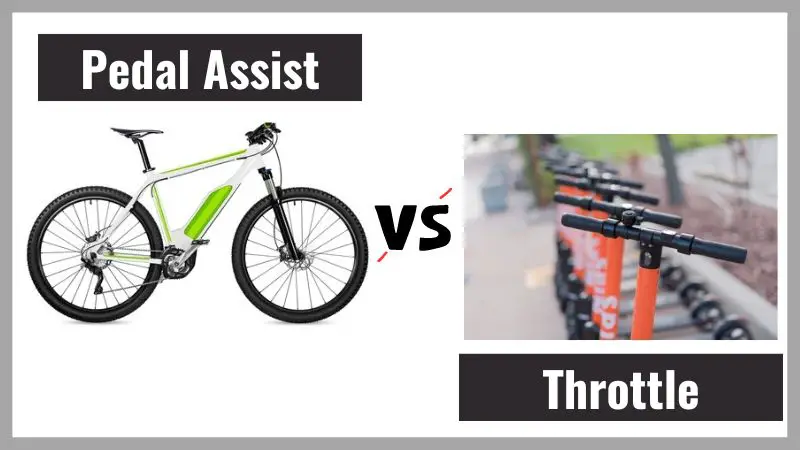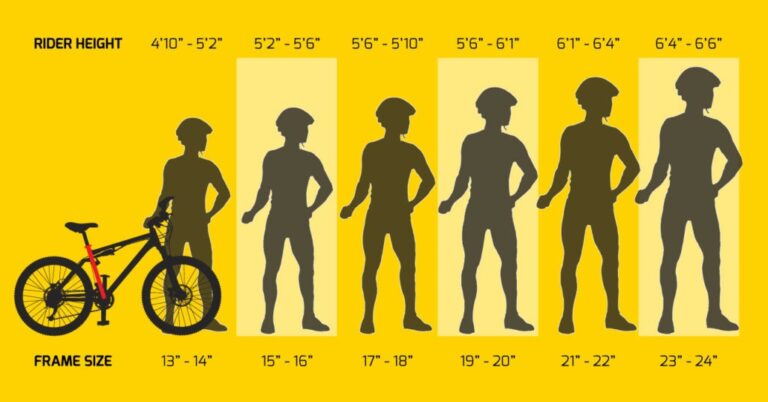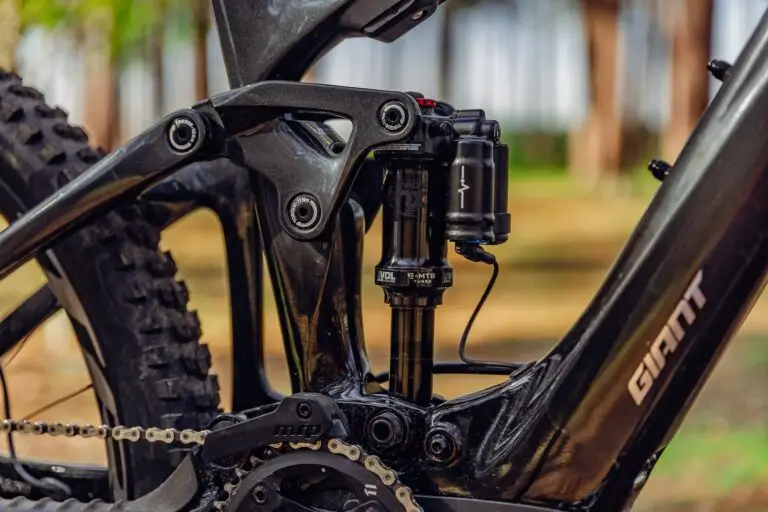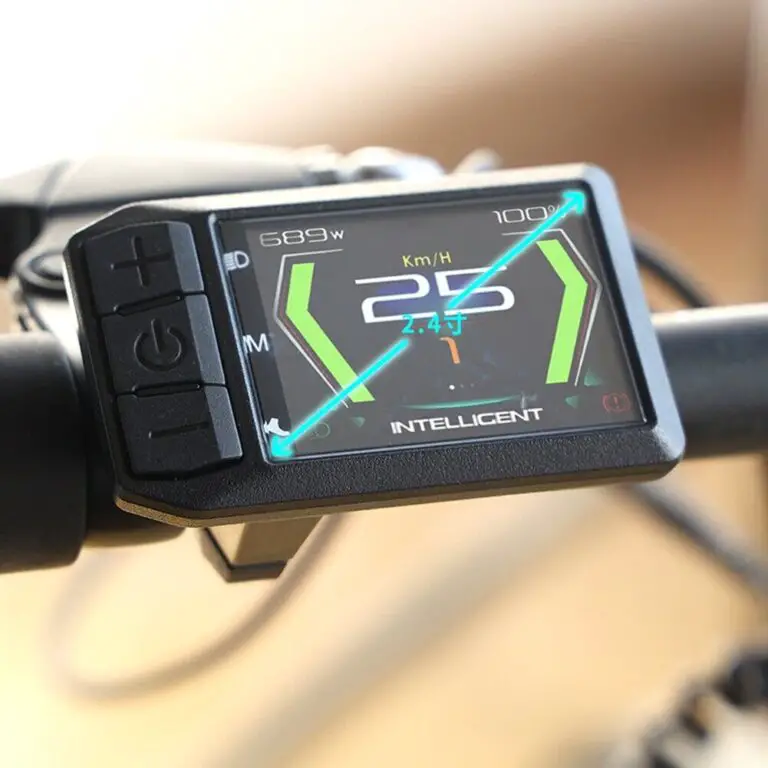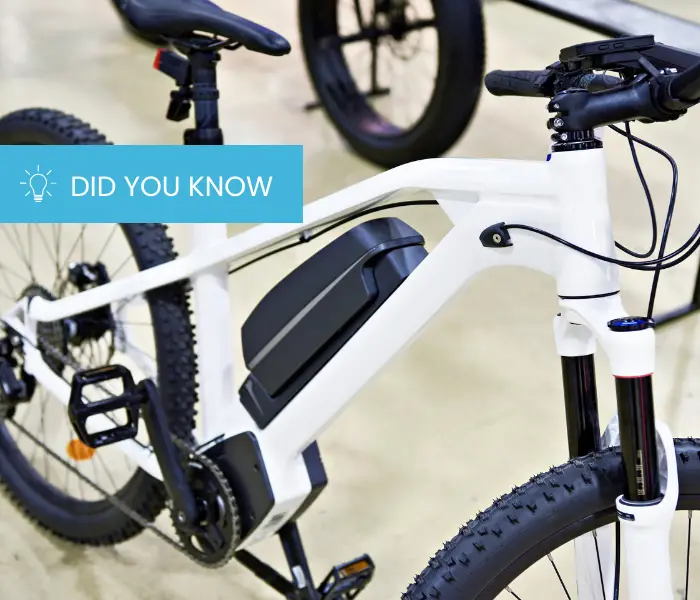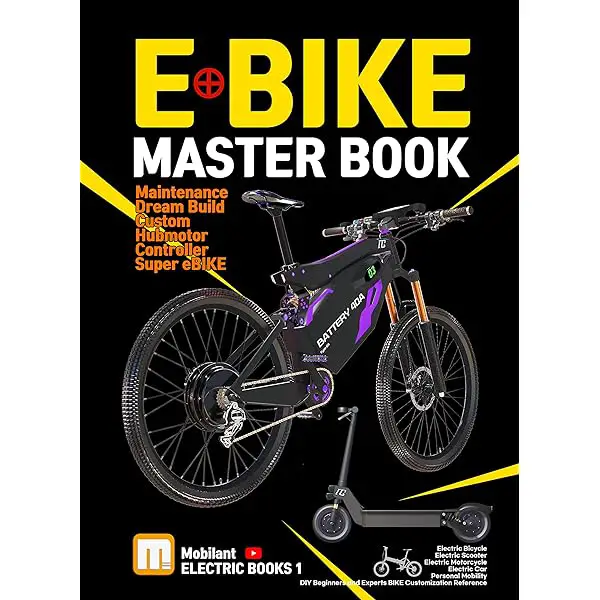Decoding E-Bikes: Pedal-Assist vs. Throttle-Controlled
The revolution of electric bikes, or e-bikes, has hit a peak velocity, transforming the traditional cycling landscape into an electrifying fusion of technology and mobility. For many cyclists, the choice between pedal-assist and throttle-controlled e-bikes has become a pivotal decision, akin to picking the right gear before a steep climb.
In this post, we untangle the intricacies of pedal-assist and throttle-controlled e-bikes, empowering you to make an informed choice for your two-wheeled adventures.
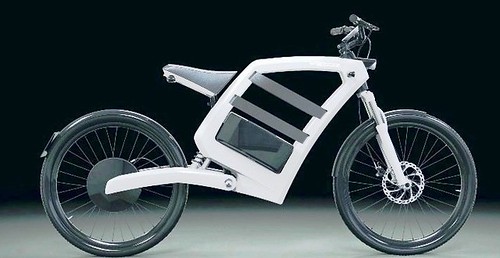
Electric Bikes in the Spotlight
E-bikes have swiftly glided from being novelty pieces to essential tools in the pursuit of sustainable transportation and fitness. With the global shift towards eco-conscious practices and the increasing popularity of cycling, e-bikes are cementing their status as a viable and enjoyable mode of travel for an expansive range of individuals.
The topic at hand today is a granular look at the varied propulsion systems within e-bikes that cater to different riders and their purposes—Pedal-Assist and Throttle-Controlled e-bikes. By understanding the nuances of each, you not only enhance your cycling experience but also ensure you get the best bike for your needs.
Pedal-Assist E-Bikes: Amplifying Your Ride
Pedal-assist e-bikes, also known as Pedelecs, are designed to provide additional power when you pedal. The on-board sensors detect the force you apply to the pedals, activating the motor to make pedaling feel lighter, almost as if you’re constantly riding with a gentle tailwind.
The seamless integration of the motor with your pedaling effort ensures that riding a pedal-assist e-bike maintains the essence and benefits of traditional cycling. You push the pedals, the bike gently whispers with the rotations, and the combined output propels you forward with efficiency and grace.
Benefits for Cyclists
- Enhanced riding experience with minimal change to your cycling technique
- Incremental assistance levels that cater to varying degrees of terrain and physical conditions
- Extended range with the aid of the motor, allowing for longer rides without exhaustive effort
Comparison with Traditional Bikes
Pedal-assist e-bikes offer a more conducive transition for cyclists accustomed to the traditional method. They also appeal to those who want to maintain an active role in their propulsion while enjoying the advantages of electronic support.
Throttle-Controlled E-Bikes: Power at Your Fingertips
Throttle-controlled e-bikes, often likened to motorcycles for their operation, provide a burst of power with the twist or push of a throttle. Whether you’re starting from a standstill or want to surge forward with speed, these e-bikes require no pedaling and grant you control over the motor’s output.
Riders who opt for throttle-controlled e-bikes cherish the immediate acceleration and the option to cruise without the need to maintain pedaling motion. It’s a style of riding that leans more towards the casual or those moments when a quick burst of speed is a necessity.
Benefits and Drawbacks for Cyclists
- Immediate and often higher levels of assistance
- Simplicity in use, requiring less physical effort overall
- Reduced engagement in the pedaling process, potentially impacting fitness benefits
Comparison with Pedal-Assist E-Bikes
While throttle-controlled e-bikes excel at offering instant gratification in terms of power, they may not resonate with purist cyclists or those seeking a more consistent level of physical activity during their ride. They also tend to offer a different feel and experience, which may be less in line with traditional cycling.
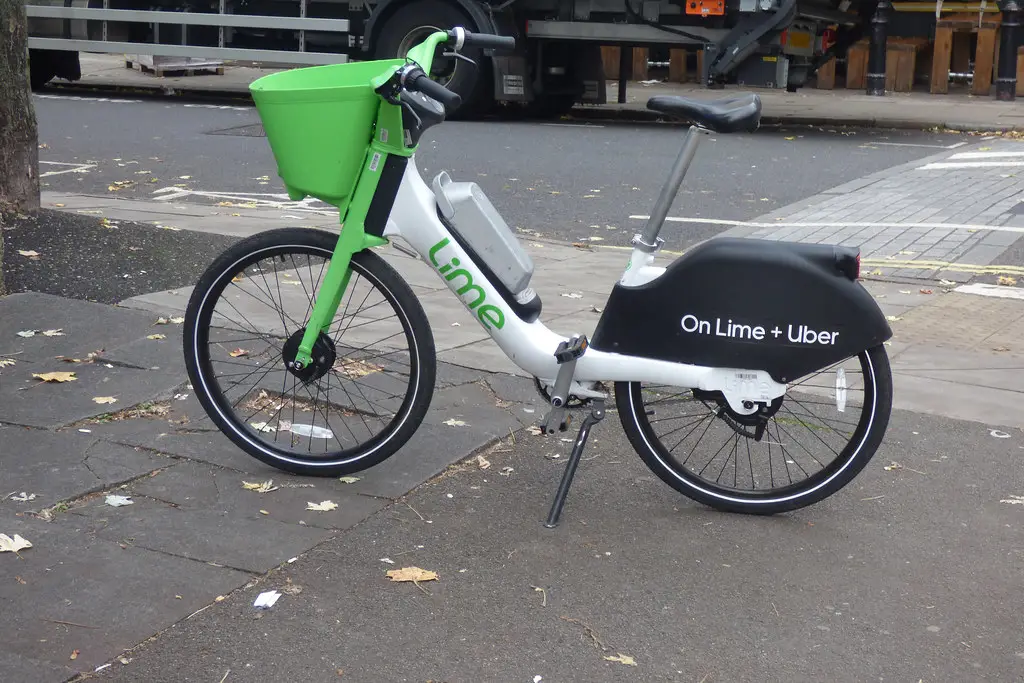
Key Considerations for Cyclists
The question of which e-bike interface is best suited for you isn’t just a technical one; it’s about understanding your personal needs and the experiences you wish to have with your bike.
Factors to Consider When Choosing
- Desired level of physical exertion
- The purpose of your e-bike, whether for daily commuting or leisurely weekend rides
- Terrain and environmental factors you’re likely to encounter
- Legal stipulations regarding e-bike usage in your area
Use Cases and Preferences
Pedal-assist e-bikes shine for long-haul riders, health-conscious individuals looking to ease into cycling, and those who value a more natural riding experience. Throttle-controlled e-bikes are often favored for short urban commutes, casual riders, or instances where quick bursts of speed or assistance are more beneficial.
Conclusion: Fusing Tech with Tradition
In summary, the choice between pedal-assist and throttle-controlled e-bikes represents a personal progression within the evolving world of cycling. Whether you’re gliding through the avenues with ease or zipping up challenging trails, the right e-bike is an extension of your riding aspirations.
To make the most of this technological wave without losing the heartbeat of cycling, it’s crucial to weigh the benefits against your individual cycling profile. The world is spinning its wheels in favor of electric mobility; it’s high time you join in, gear up, and pedal—or throttle—to your heart’s content.
For further exploration into the e-bike universe, we encourage you to test ride as many models as possible or consult with experienced e-bike retailers who understand the local landscape of e-cycling. With your e-bike choice aligned with your vision, the horizon is yours to explore on two powered wheels. Safe riding!
